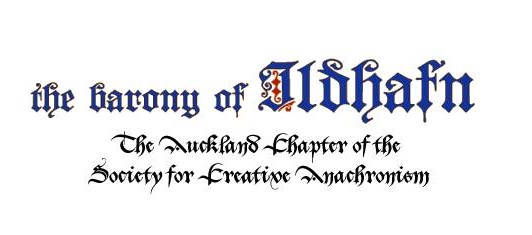Hwæt bið betst and wyrst? Ic ðe secge, mannes word – I Might be Daft, But I’m Not Stupid. – Geffrey de Wulf
Category: Hwæt bið betst and wyrst? Ic ðe secge, mannes word.Entrant: Geffrey de WulfTitle: I Might be Daft, But I’m Not Stupid. Geoffrey ðe Wulf watched as the French knight, Sir François la Grenouille, walked towards him.The Frenchman shouted out a challenge in a gust of garlic tainted breath. Wulf …
